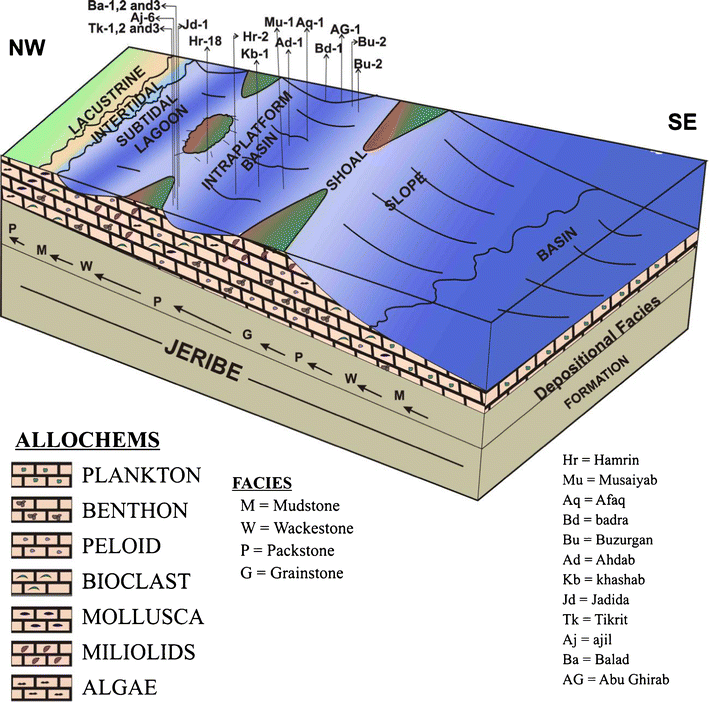


Wave action in the lake washed sediments back and forth in the shallows on the southwestern shore, forming ooids and depositing them on steeper benches near the shore in 2- to 40-foot thicknesses. 10 million years ago, the Plain formed the bed of Lake Idaho. One of the world's largest freshwater lakebed oolites is the Shoofly Oolite, a section of the Glenns Ferry Formation on southwestern Idaho's Snake River Plain. The material consolidated and eroded during later exposure above the ocean surface. This limestone was formed by deposition when shallow seas covered the area between periods of glaciation. The Atlantic Coastal Ridge of southeastern Florida, the islands of the Lower Florida Keys, and much of the Everglades, are underlain by Miami Oolite. Carboniferous Hunts Bay Oolite lies under much of south Wales. A particular type, Bath Stone, gives the buildings of the World Heritage City of Bath their distinctive appearance.

Some exemplar oolitic limestone was formed in England during the Jurassic period, and forms the Cotswold Hills, the Isle of Portland with its famous Portland Stone, and part of the North York Moors. ( January 2023) ( Learn how and when to remove this template message) You may improve this section, discuss the issue on the talk page, or create a new section, as appropriate. The examples and perspective in this section may not represent a worldwide view of the subject. Because of its extremely small grain size, oolitic sand has a lot of surface area, which promotes high bacterial growth. This unusually smooth sand promotes the growth of bacteria, which are important biofilters in home aquaria. Also known as "oolitic" sand, the sugar-sized round grains of this sand pass easily through the gills of gobies and other sand-sifting organisms. Oolites are often used in the home aquarium industry because their small grain size (0.2 to 1.22 mm) is ideal for shallow static beds and bottom covering of up to 1" in depth. The size of the oolites reflect the time that they were exposed to the water before they were covered with later sediment. The oolites are commonly found in large current bedding structures that resemble sand dunes. Strong intertidal currents wash the 'seeds' around on the seabed, where they accumulate layers of chemically precipitated calcite from the supersaturated water. The mechanism of formation starts with a small fragment of sediment acting as a 'seed', such as a piece of a shell. They are usually formed in warm, supersaturated, shallow, highly agitated marine water intertidal environments, though some are formed in inland lakes. Oolitic hematite occurs at Red Mountain near Birmingham, Alabama, along with oolitic limestone. Dolomitic and chert ooids are most likely the result of the replacement of the original texture in limestone. Ooids are most commonly composed of calcium carbonate ( calcite or aragonite), but can be composed of phosphate, clays, chert, dolomite or iron minerals, including hematite. The term oolith can refer to oolite or individual ooids. Strictly, oolites consist of ooids of diameter 0.25–2 millimetres rocks composed of ooids larger than 2 mm are called pisolites. Oolite or oölite (from Ancient Greek ᾠόν (ōión) 'egg stone') is a sedimentary rock formed from ooids, spherical grains composed of concentric layers. Modern ooids from a beach on Joulter Cays, The Bahamas Ooids on the surface of a limestone Carmel Formation (Middle Jurassic) of southern Utah Thin-section of calcitic ooids from an oolite within the Carmel Formation (Middle Jurassic) of southern Utah For the video game, see Oolite (video game).


 0 kommentar(er)
0 kommentar(er)
